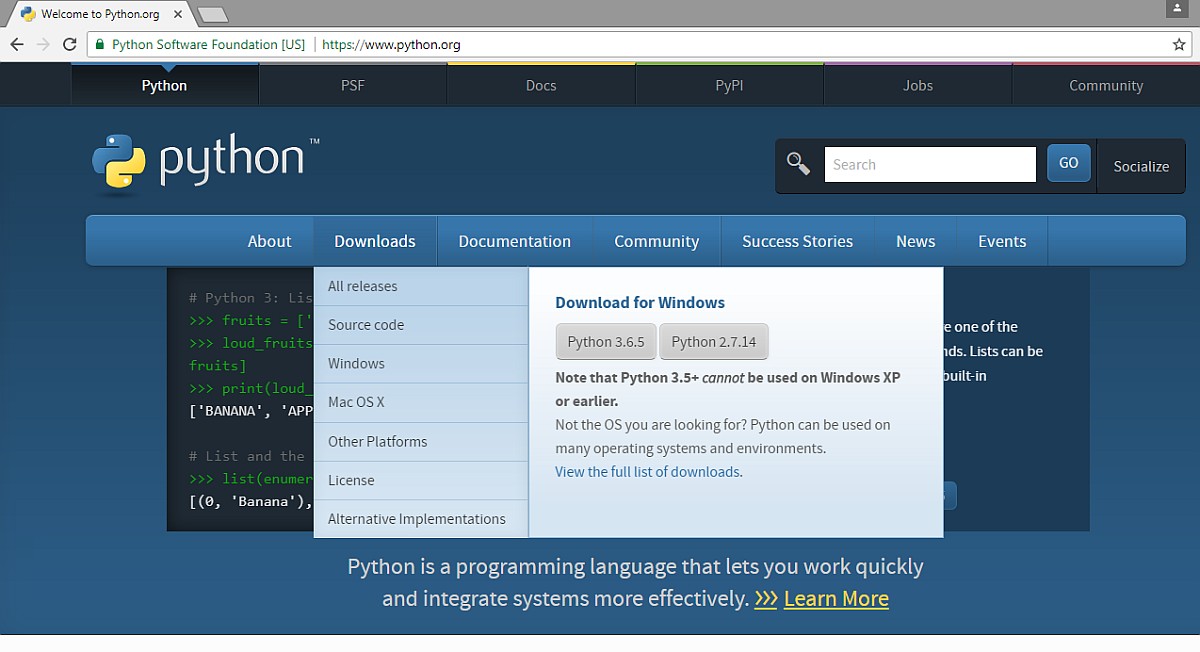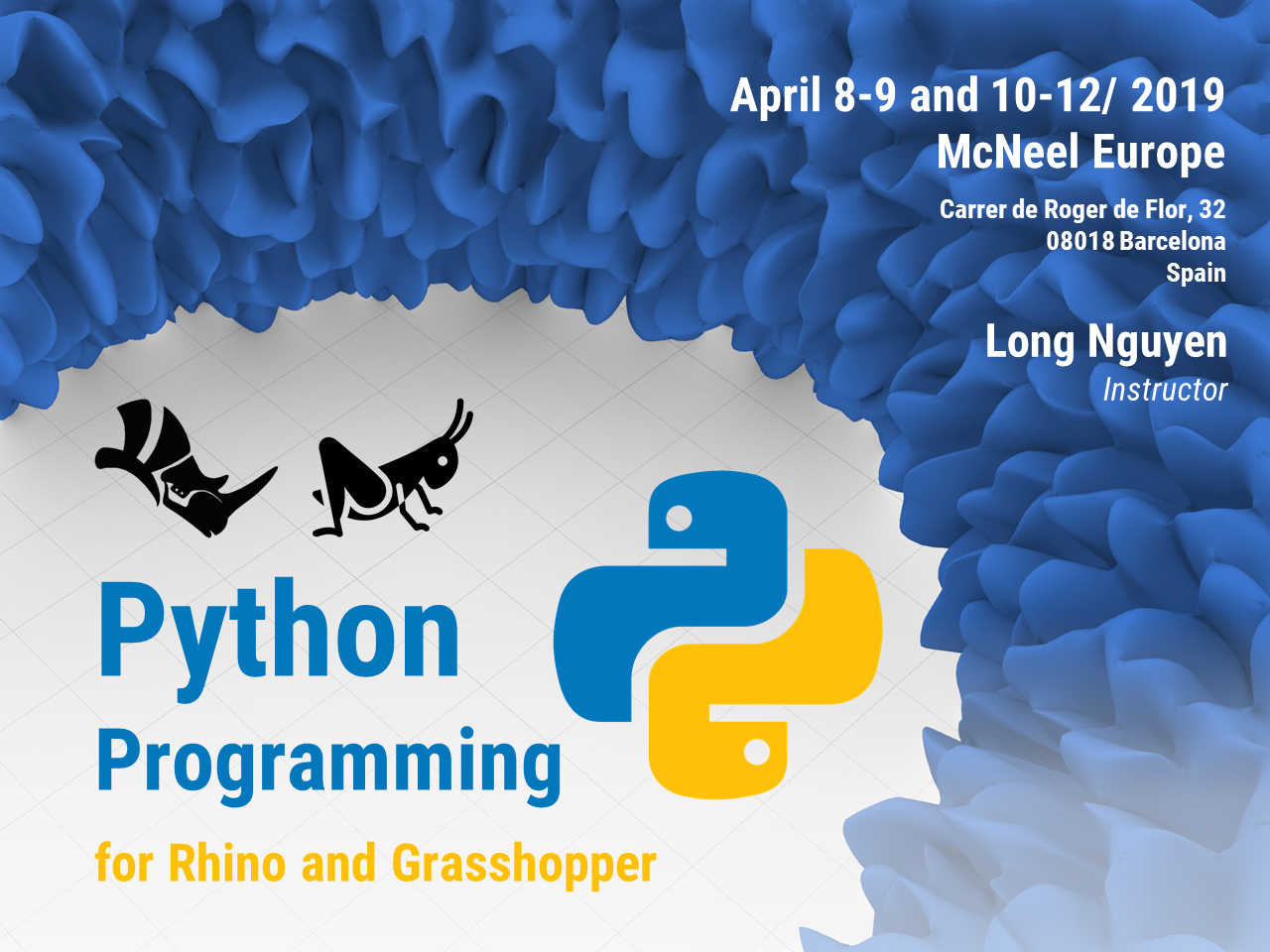


It is based on the official Python 3.6.1 documentation and includes information about additional modules that were developed specifically for Pythonista. Even with gedit you can write your codes without problems.Welcome! This is the documentation for Pythonista. So you can always use Sublime Text 3 to develop your codes in this language or any other editor. Just say that if the shell that provides us with these facilities is a bit "austere", for many it is a bit short and uncomfortable. Hope this tutorial helps you install Python on Ubuntu 16.10 and Ubuntu 17.04. To exit the shell you just have to type: quit()

Once this is done, you can use the shell provided by the installation to write your codes by typing the following command in terminal: python3.6 This order may take a while, so be patient. configure –enable-optimizations sudo make altinstallīy using the altinstall command we will skip the creation of the symbolic link. If you get an error when executing the previous command, you can try the following. Then we are going to configure the compilation environment and install. Once the extraction is finished, we are going to move to the directory where it was extracted using the cd command. Once the download is finished, it is time to extract the contents of the package. Once the installation is finished, we will download the source code from the official page using wget. sudo apt install build-essential checkinstall sudo apt install libreadline-gplv2-dev libncursesw5-dev libsqlite3-dev tk-dev libgdbm-dev libc6-dev libbz2-dev First, some build dependencies will have to be installed using the following commands.

Now we are going to see how to install Python from scratch by downloading and complicating the package that we are going to download. Python 3.6.0 Download, compile and install Python 3.6 on Ubuntu The previous command will show us a message like this on the screen: Once the installation is finished, we are going to check the version that we have just installed by typing the following in the terminal: python3.6 -V Python 3.6 is included in the university repository for Ubuntu 16.10 and Ubuntu 17.04, so it can be easily installed with the following commands: sudo apt update sudo apt install python3.6 Installing Python 3.6 on Ubuntu 16.10, Ubuntu 17.04 from the universal repository


 0 kommentar(er)
0 kommentar(er)
